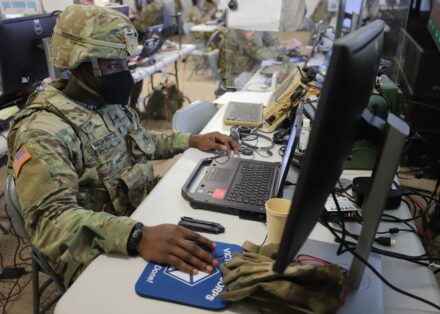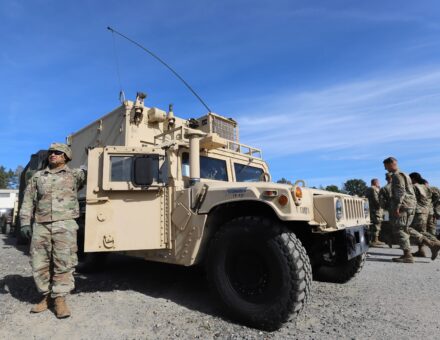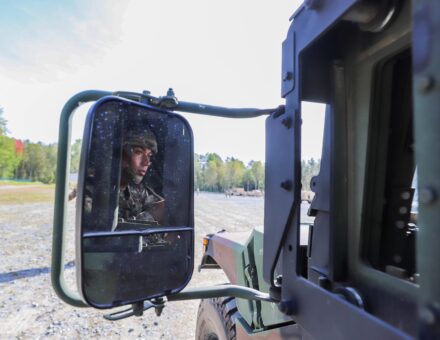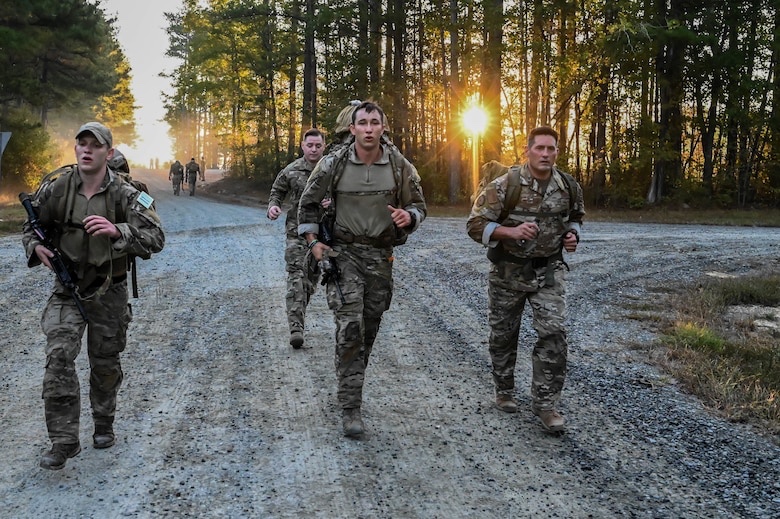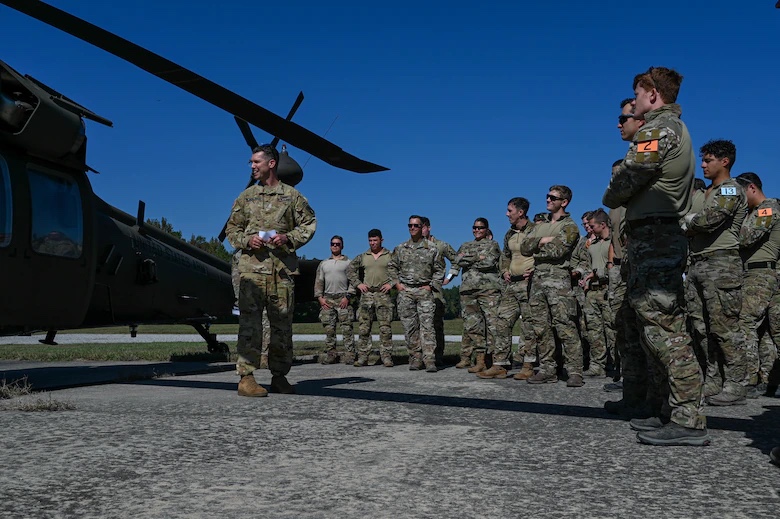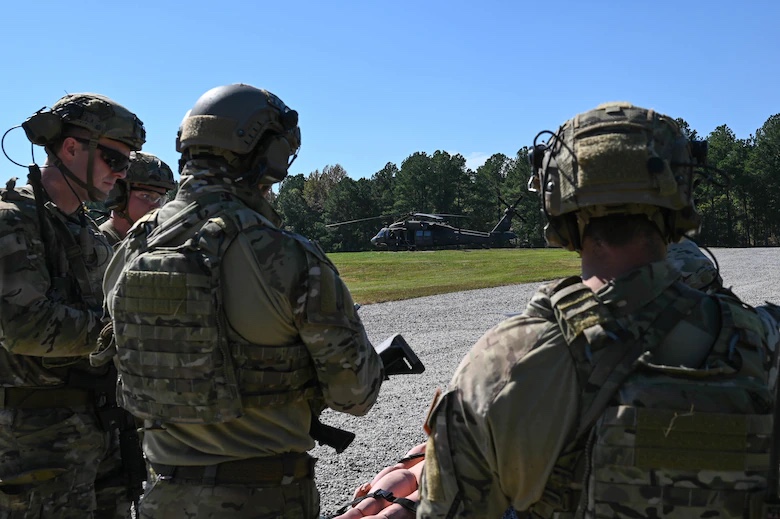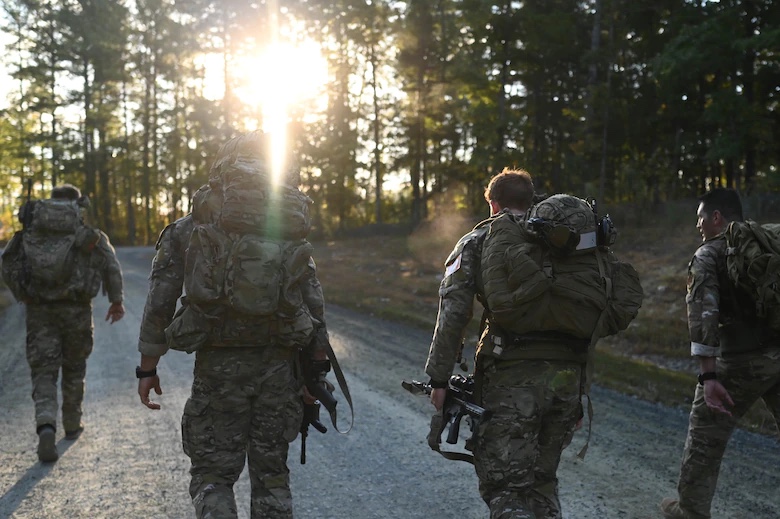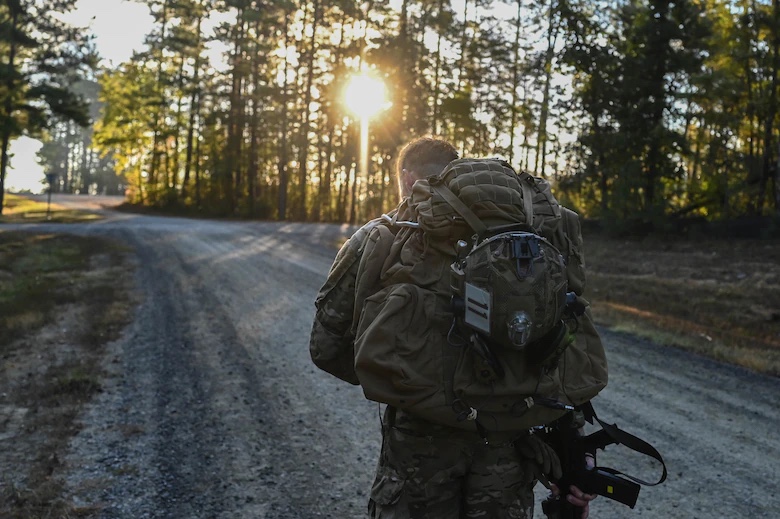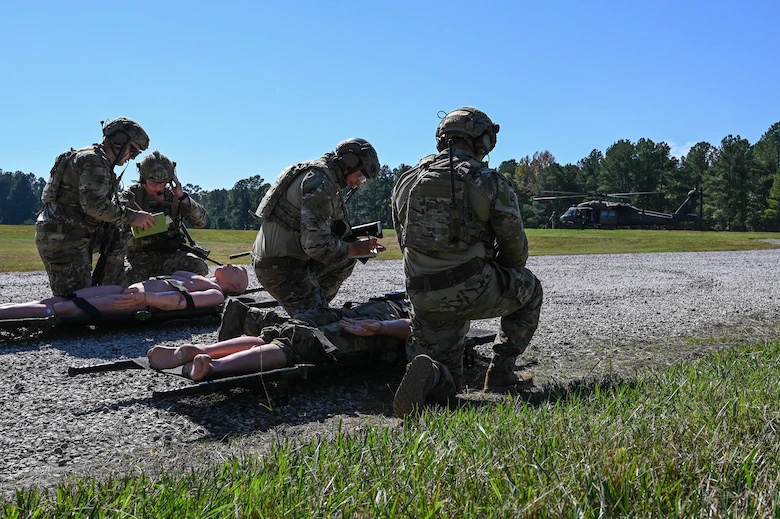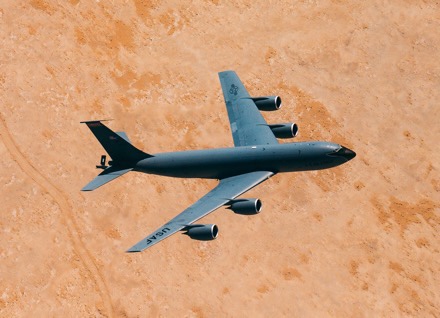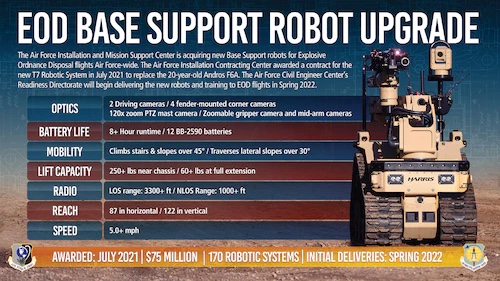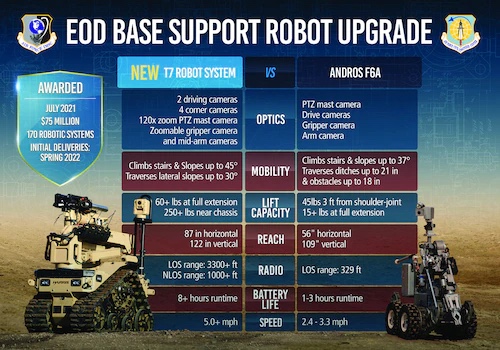Joint Base San Antonio – Chapman Training Annex, Texas —
The Special Warfare Training Wing is the first U.S. Air Force organization to host a Special Operations Forces Training “Shura”, a gathering of senior leaders from SOF-generating commands under U.S. Special Operations Command and its allied counterparts around the world held Nov. 2-4, 2021 at Joint Base San Antonio-Lackland.
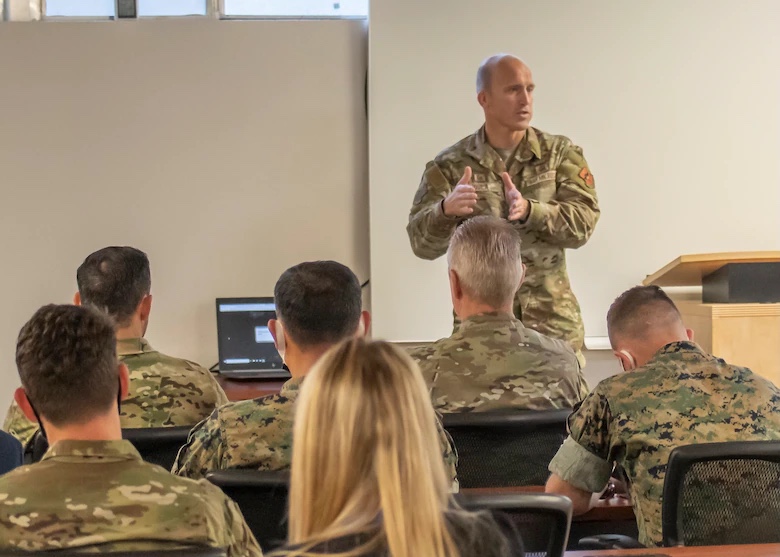
Over the years, senior leaders of SOF-generating commands have routinely held SOF Training “Shuras” to cross-pollinate best practices and to build lethal SOF warriors capable of solving the nation’s most complex problems in austere environments.
For the SWTW, hosting this iteration of the SOF Training “Shura” represents a natural evolution stemming from decades of its predecessor organizations training Special Warfare Airmen for service in special operations around the world, a critical mission set that has not stopped and is now more important than ever in the age of strategic competition.
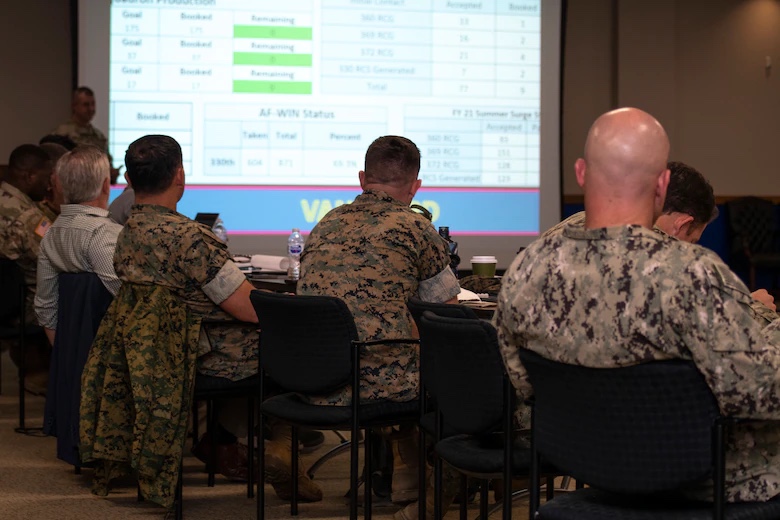
“Our relationship with the special operations community is important for the SWTW,” said Col. Mason Dula, SWTW commander. “A third of our graduates are destined for service inside a USSOCOM component, and learning from our SOF-training counterparts helps reinforce the imperative that our Special Warfare graduates will be expected to seamlessly interoperate with joint special operations forces, the day they graduate from our pipelines.”
Members attending the SOF Training “Shura” discussed a wide variety of topics affecting the SOF world, including pre-accessions, recruiting and development, training pipeline standards and more, while reinforcing partnerships to ensure a unified approach towards the USSOCOM SOF Operating Concept 2030, aimed at preparing SOF operators for the future fight.
Two widely discussed topics included the various Assessment and Selection models that different SOF-generating commands utilize and the integration of human performance technology as SOF warriors of the future are built – both of which the SWTW has been accelerating change in since its inception in Oct. 2018.
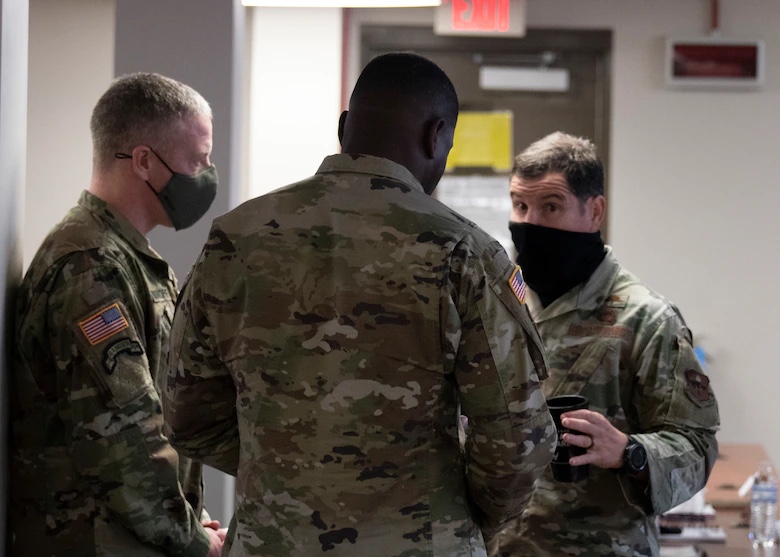
In Jan. 2019, the SWTW instituted its very own 4-week Assessment and Selection (A&S) to carefully select potential Air Force SW operators based on character and attributes, replacing the previous Indoctrination course that focused primarily on physical attributes.
“Many people think that A&S is just about selection, when in reality, it promotes a learning culture,” said Col. Robert Taylor, Special Warfare Training Group commander. “A&S focuses our cadre, training, and operational forces as best we can on the core attributes of an individual.”
Interwoven in the A&S model of the SWTW and every other aspect of the wing’s imperative to build SW Airmen of the future is its Human Performance Support Group, the first of its kind in the USAF, which fuses cutting-edge science and technology into each step of the process as SW Airmen are built from the ground up at the SWTW.
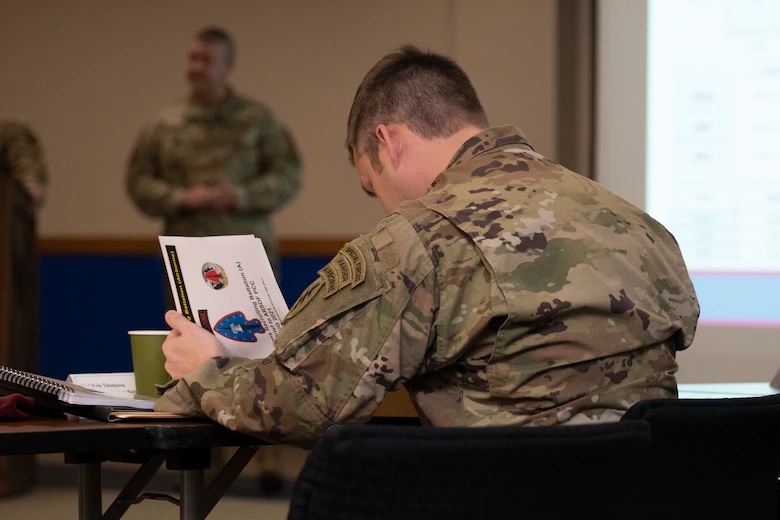
“We instill human performance principles that SW Airmen can apply throughout the duration of their careers and beyond,” said Col. George Buse, Special Warfare Human Performance Support Group commander. “Our team helps set the foundation for building resilient warriors who are physically harder, mentally sharper, and spiritually stronger.”
At the end of the SOF Training “Shura”, all parties left with new knowledge that will go on to affect the kinetic battlespace of the future.
“Hosting the SOF Training ‘Shura’ is important for SW culture because we are a learning organization,” said Col. Dula. “Like the operational forces inside Air Force Special Operations Command, the SWTW has a responsibility to ensure that we understand and anticipate changes inside the joint SOF community and adjust our training pipelines accordingly to produce graduates ready to execute the nation’s special operations immediately upon arriving to operating forces.”
Members of the Special Warfare Training Wing provide initial training for all U.S. Air Force Special Warfare training AFSCs, to include, Combat Controllers, Pararescue, Special Reconnaissance, and Tactical Air Control Party Airmen.
To learn more about SW Airmen or other U.S. Air Force Special Warfare career opportunities, go to: https://www.airforce.com/careers/in-demand-careers/special-warfare.
By 1st Lieutenant Xiaofan Liu, Special Warfare Training Wing



